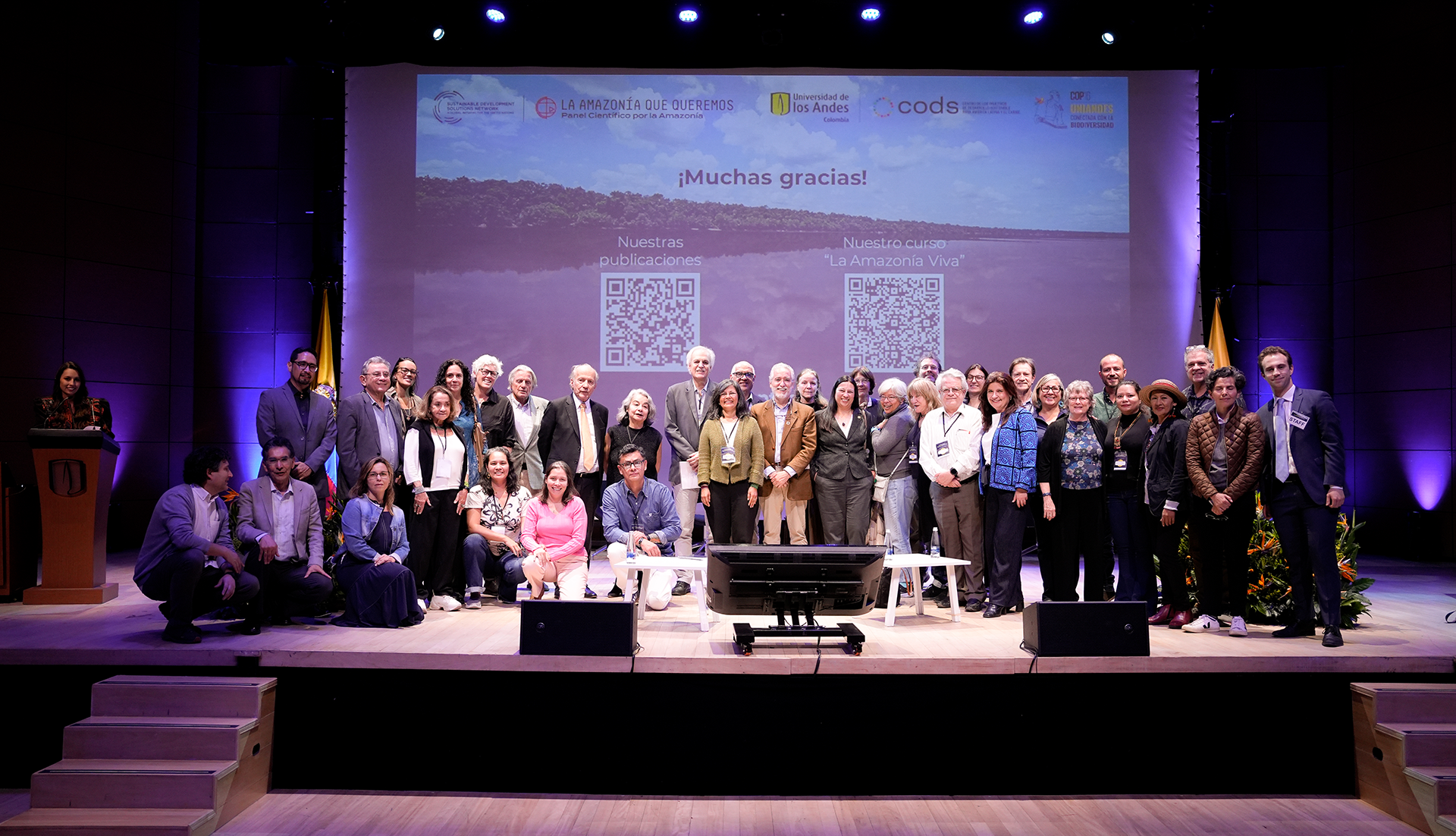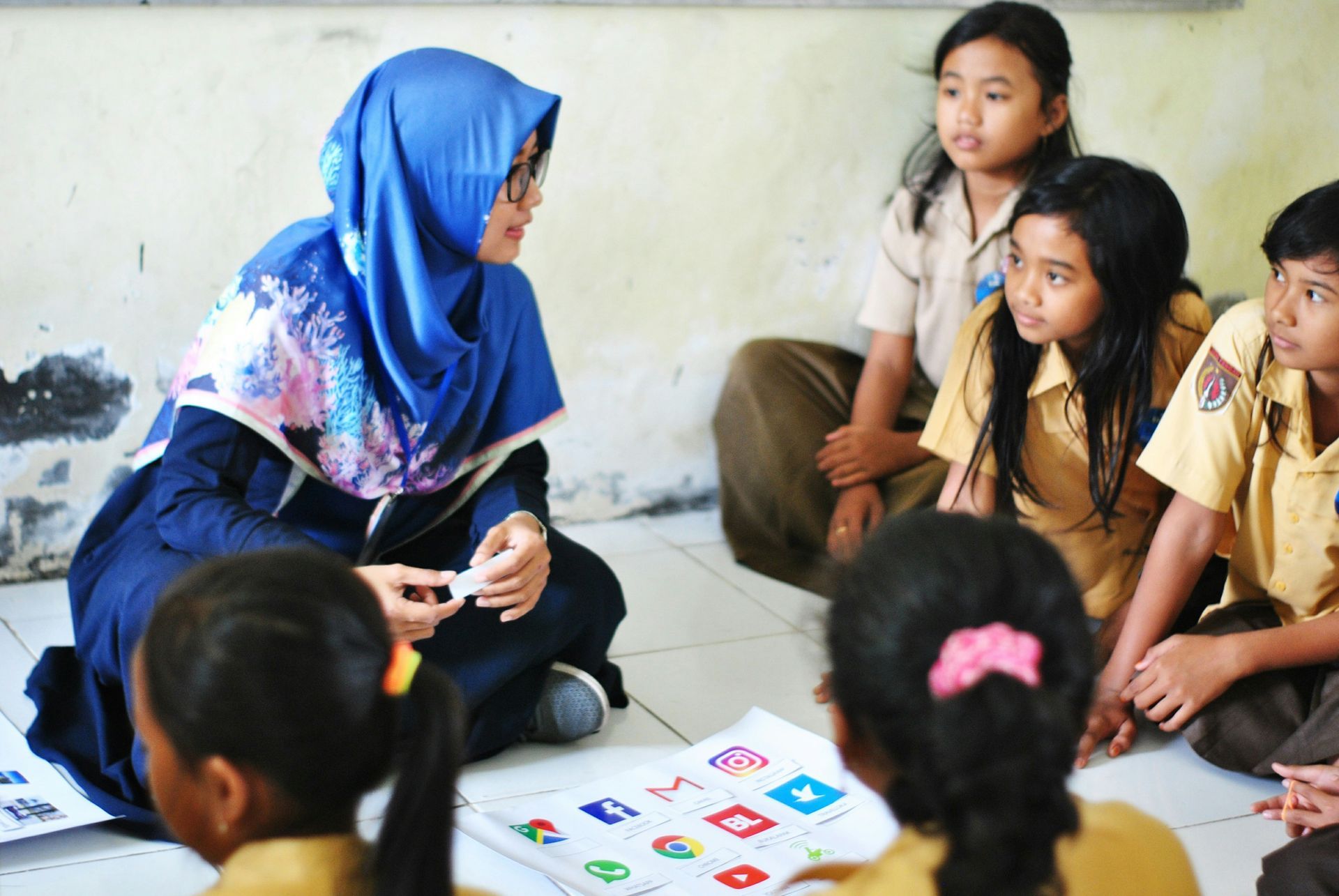


By Melanie Uhde, Ph.D., currently enrolled in the Columbia University School of Professional Studies
In South Asia (here defined as India, Bangladesh, Nepal, and Pakistan) around 400 million people (out of a population of 1.7 billion) were trapped in extreme poverty in 2010 accompanied by persistent fear of hunger and possible famine. India in particular remains a country with significant undernourishment, a main focus of SDG 2. However, given the country’s remarkable economic growth over the last 20 years and the success of the agricultural revolution in the 1960s, many would have predicted otherwise. With the beginning of the so called Green Revolution , India’s wheat harvest tripled, from 10,000 to 30,000 kg per hectare , between 1961-2012, and initially crop yields per capita increased. This development promised a path out of poverty and hunger and yet, nearly 50 years later, India is home to the highest number of undernourished people worldwide and the largest number of stunted children.

The government of India, fully aware of the nation’s food insecurity, has put considerable effort into addressing these issues. Along with the Green Revolution came the implementation of national food programs to provide nutritious food especially to rural areas that are home to the poorest. In 1975 India, along with UNICEF and the World Bank, launched the Integrated Child Development Services (ICDS) program, which became the world’s largest village-level nutrition program. Through village Anganwadi Centers (AWCs), healthcare workers provide supplements and cooked meals, nutrition counselling for girls and women, home health visits, and child growth monitoring. Although seemingly well designed to target the needs of the most vulnerable, the implementation of the program has failed to deliver on multiple levels. According to a review conducted by the Earth Institute at Columbia University in 2011 and a study published in 2016 by Sahoo et al ., the program had little or no impact on the nutritional status of the targeted population. The reasons are multi-faceted and touch upon the complex nature of food insecurity in India. The reports summarized the following:
What went wrong?
The case of India demonstrates that economic growth, accompanied by increased food production, is not enough to end hunger. In order to achieve SDG 2, stakeholders must define a nation’s socioeconomic profile and integrate nutrition-related policies. In 2006, Mason et al . identified contextual factors including women’s status and education, social inclusion, community organization, literacy, level of health and administrative infrastructure, as well as political commitment that, if favorable in a country, can facilitate the success of community-based health and nutrition programs. Unfortunately for India, the authors concluded, the situation was detrimental in these dimensions particularly in relation to women’s status and social inclusion, resulting in limited success of the ICDS program.

Looking at India’s socioeconomic profile today, it becomes clear that gender inequality and social exclusion are still major challenges, with implications that cut across many of the SDGs. In 2017, the percentage of women contributing to the total labor force was as low as 27% (in the US it is 56%) , as women are at worst not allowed to seek work or at best face significant societal pressure to maintain the household and raise children, often without sufficient access to nutrition, healthcare, and education. To provide for their daughter’s future, child marriage is often seen as a way out , as the new husband will then have to provide for the often very young girl, while the daughter’s family sometimes receives a bride’s price or dowry. In India about 47% of young girls were married by the age of 18 in 2014, inheriting the same life as their mothers. Women and girls are the most vulnerable population and are yet to be fully integrated in and addressed by community-based nutrition programs, slowing down any significant progress to ending hunger. Families coming from the Dalits caste, known as the untouchables, face a particularly devastating fate. Although illegal under Article 15 of India’s constitution, social exclusion and stigmatization based on caste remains pervasive and plays a crucial role in the high prevalence of undernutrition in rural India. Issues around discrimination and separation of Dalits often affect AWCs, which can end up caught in inter-caste discrimination. In Gujarat’s Patan district in western India, members of the higher castes such as Brahmins demanded a separate center to avoid mingling with the Dalits , literally and figuratively eating up all the resources of the program.
Another factor is India’s population growth and density; with more than 440 people per square kilometer (2016), India is the most densely populated country in the world. In comparison, the US has 35 people per square kilometer. While crop yields tripled between 1960 and 2012, India’s population tripled as well, from roughly 400 million to 1.2 billion in the same time period, counteracting production gains and leaving millions in need. Increasing population in rural areas in particular creates a challenge for Anganwadi workers where, according to a review on nutrition programs by Mason et al ., one worker can be responsible for more than 200 children. This ratio is far from the suggested ratio of 1 worker for 10-20 children and reflects an inefficient attempt to cope with the dense population. And although compensated, Anganwadi workers are mostly overworked and de-incentivized, resulting in few operational centers.

Lessons Learned?
Increased political commitment and targeted efforts to address socioeconomic issues can change India’s trajectory and move the country toward a future with zero hunger. In addition to food access, socioeconomic policies that tackle the problem of food insecurity as a whole are needed, including:
Conclusion

To nurture the prospect of a better future for India’s population by ending hunger and poverty, various stakeholders from the public and the private sector need to come together. The design of an inter-disciplinary and complex approach is of utmost importance to build the foundation for India’s new and (ever)green revolution that can ensure prosperous life for all its 1.2 billion citizens.




Get our latest insights, opportunities to engage with our networks, and more.

SDSN mobilizes global scientific and technological expertise to promote practical solutions for sustainable development, including the implementation of the Sustainable Development Goals (SDGs) and the Paris Climate Agreement.
Paris
19 rue Bergère
75009 Paris
France
+33 (0) 1 84 86 06 60
New York
475 Riverside Drive
Suite 530
New York NY 10115 USA
+1 (212) 870-3920
Kuala Lumpur
Sunway University
Sunway City Kuala Lumpur
5 Jalan Universiti
Selangor 47500
Malaysia
+60 (3) 7491-8622